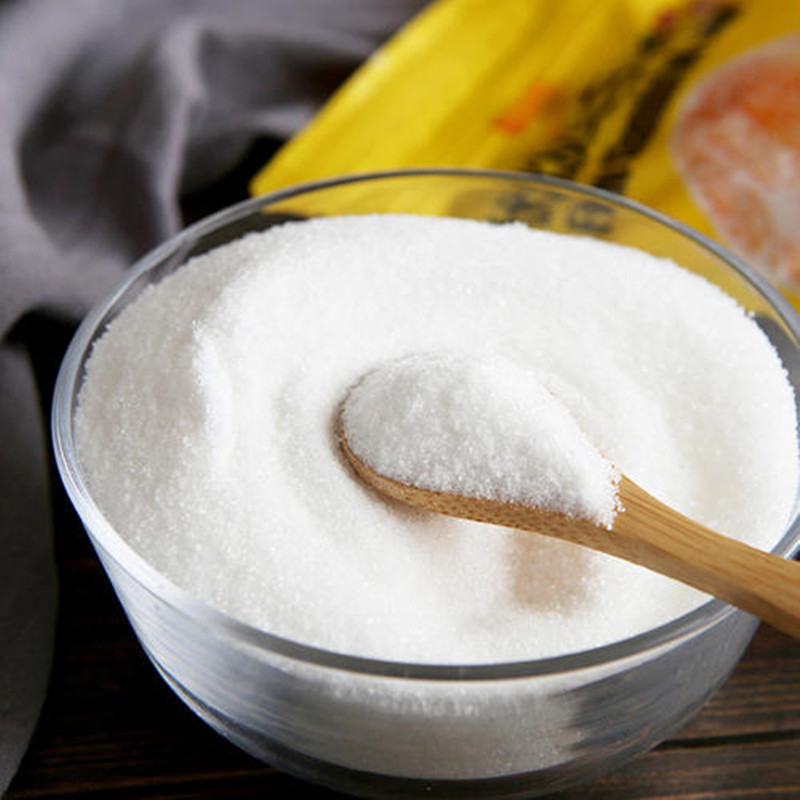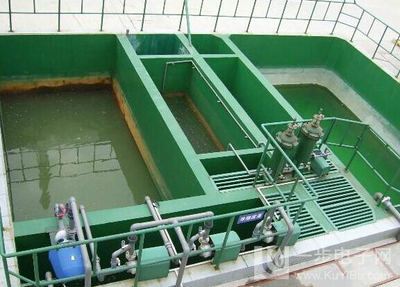Polyacrylamide (PAM) is a high molecular polymer that can form high molecular weight linear, mesh or granular substances in water, and has good film-forming, penetrating and adhesive properties. Therefore, it is widely used in water treatment, oil extraction, pulp and paper making and other fields. Polyacrylamide often appears in the form of powder, and there are many details to pay attention to when dissolving it. This article will introduce the correct dissolution method of polyacrylamide in detail.
Step 1: Polyacrylamide needs to be fully stirred when it is dissolved so that the powder can be dispersed in the water as evenly as possible. Therefore, a container with a large volume and capable of stirring should be selected. Generally speaking, the volume of the container should be 2 to 3 times larger than the total volume of the predetermined solution. At the same time, metal containers should be avoided to prevent adverse effects such as rust and corrosion.
Step 2: In addition to polyacrylamide and water, some common reagents are also needed, such as sodium bicarbonate, hydrochloric acid, etc. These reagents are used to adjust the pH value, dissolution rate, etc. It should be reminded that when using these reagents, it is important to control the dosage to avoid adverse effects on the experiment.
Step 3: Due to the large molecular weight of polyacrylamide, the powder is not easy to dissolve in water, and it requires a certain amount of time and conditions. To make polyacrylamide dissolve quickly, you can disperse the powder in a small amount of water, stir it evenly, and then add it to the container. This can avoid caking and agglomeration.
Step 4: Common auxiliary reagents include sodium bicarbonate, acetic acid, hydrochloric acid, etc. The purpose of adding these reagents is to adjust the pH value, accelerate the dissolution rate, etc. They should be added in appropriate amounts according to experimental needs.
Step 5: Stir thoroughly. Stirring the solution in the container thoroughly can increase the dissolution rate of polyacrylamide and avoid the formation of lumps and coagulation. The stirring time generally takes 20 to 30 minutes, and the specific time should be determined according to the experimental needs.
In short, many details need to be paid attention to when preparing polyacrylamide solution, such as choosing a suitable container, adding the right amount of reagents, stirring fully, etc. Only by strictly following the operating procedures can a high-quality solution be obtained to ensure the accuracy of the experimental results.



